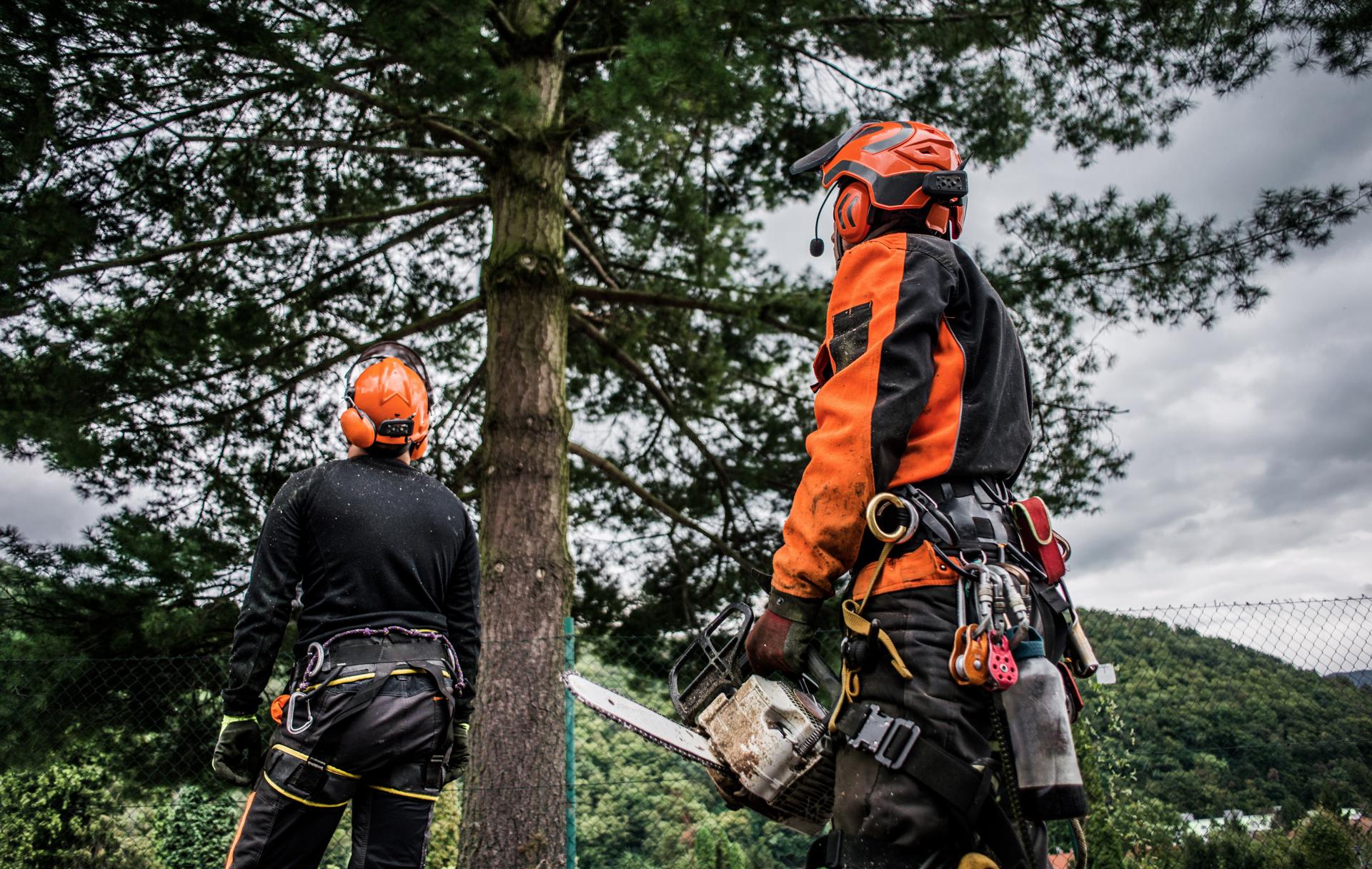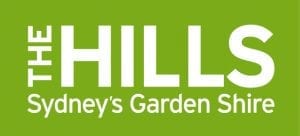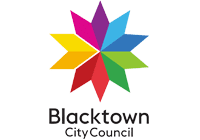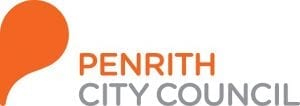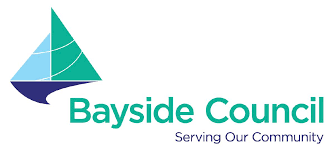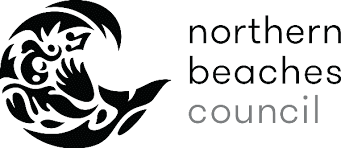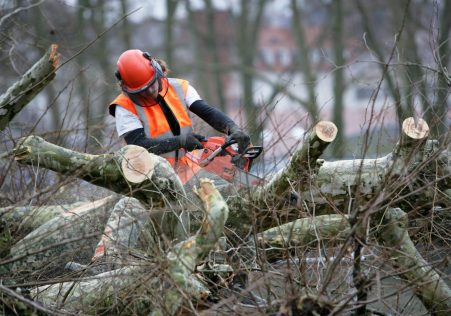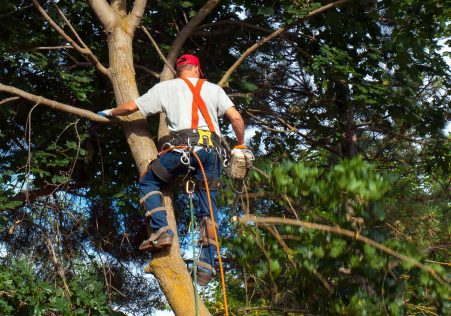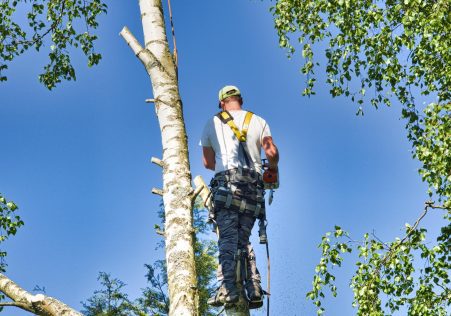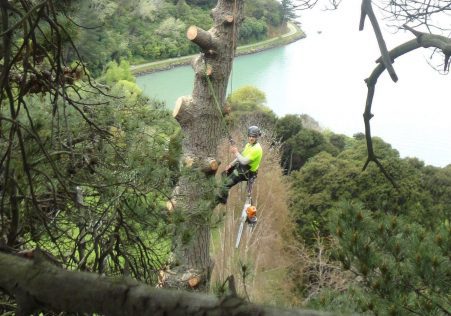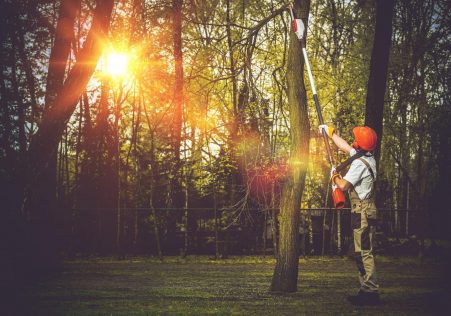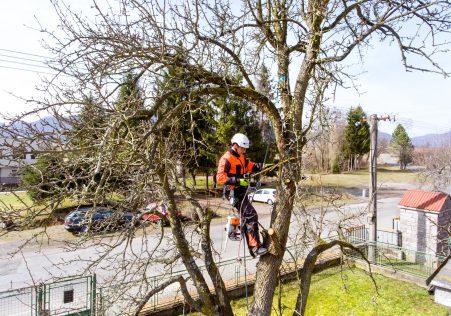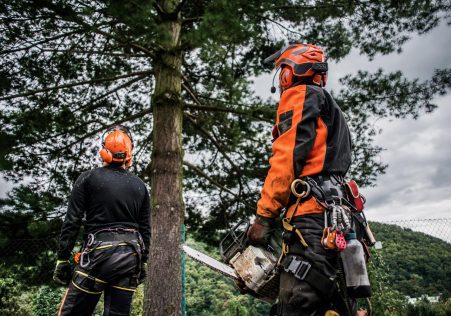Stay Ahead of the Game: How to Recognize a Tree in Need of Cutting Down

Tree removal is a difficult and possibly dangerous job. If a tree is dead, diseased, or at risk to fall, the tree may need to be removed in order to protect property and ensure safety. How do you know whether a tree should be removed? We’ll take you through the warning signs to be looking to and assist you decide the right time to call experts.
Dead or Dying Trees
One of the most obvious signs that a tree must be taken down is when it is dying or dead. Dead trees are without leaves and may appear dead. If a tree is without leaves or any signs of new growth, it’s probably dead. Additionally, the bark of dead trees might be dry, cracked or peeling.
Trees with diseases
Diseased trees could pose a danger to the other plants and trees within the vicinity. The most common signs of disease on trees are the appearance of yellowing leaves, wilted branches, and the growth of mushrooms at the base or the trunk. If you suspect your tree is suffering from disease, it’s important to have it inspected by a professional arborist.
Leaning Trees
Trees that are leaning to one side can be a sign of a failing root structure, and the tree could be at risk of falling. To identify if a leaning tree could be a threat, check for cracks or breaks within the trunk, and then look at the soil at the tree’s base. If you spot any of these signs, it’s best to get the tree examined by an arborist.
Overhanging Branches
The branches of overhanging trees which are located close to buildings or power lines can be a danger to property and safety. If you have concerns about branches hanging overhanging you should get the tree assessed by an arborist who will determine whether removal or pruning is needed.
FAQs
What can I do to tell when a tree has died?
An individual tree can be said to be dead when it does not have leaves and no signs of new growth. Additionally, the bark of a dead tree could be cracked, dry, or peeling.
What are the warning signs of a diseased tree?
Common signs of illness in trees include dying leaves, wilted or yellowed branches, and mushrooms growing at the at the base of the tree.
Is it safe to take down an entire tree on your own?
Tree removal is a difficult and potentially dangerous task. It’s best to leave it to professionals to ensure the safety of yourself and others.
Conclusion
When you’re dealing with tree removal, it’s crucial to be aware of the indicators that indicate that a tree needs to be removed. By being aware of the indications of dying or dead trees, sick trees, tree leaning, and hanging branches and overhanging branches, you can take the necessary steps to ensure the safety of your property and the people who live around you. If you believe that there is a tree in your yard that needs to be removed and you are unsure, call Christchurch Tree Pruning for a professional assessment. Our arborists are highly skilled and are equipped with the knowledge and experience to handle all your tree removal needs. Don’t risk your security. If you believe that there is a tree in your yard that should be removed, contact Christchurch Tree Pruning today for a professional assessment. Our experienced arborists will give you the peace of mind that comes from knowing your property is safe hands. Contact us today at 0800 500 764 to schedule an appointment.


